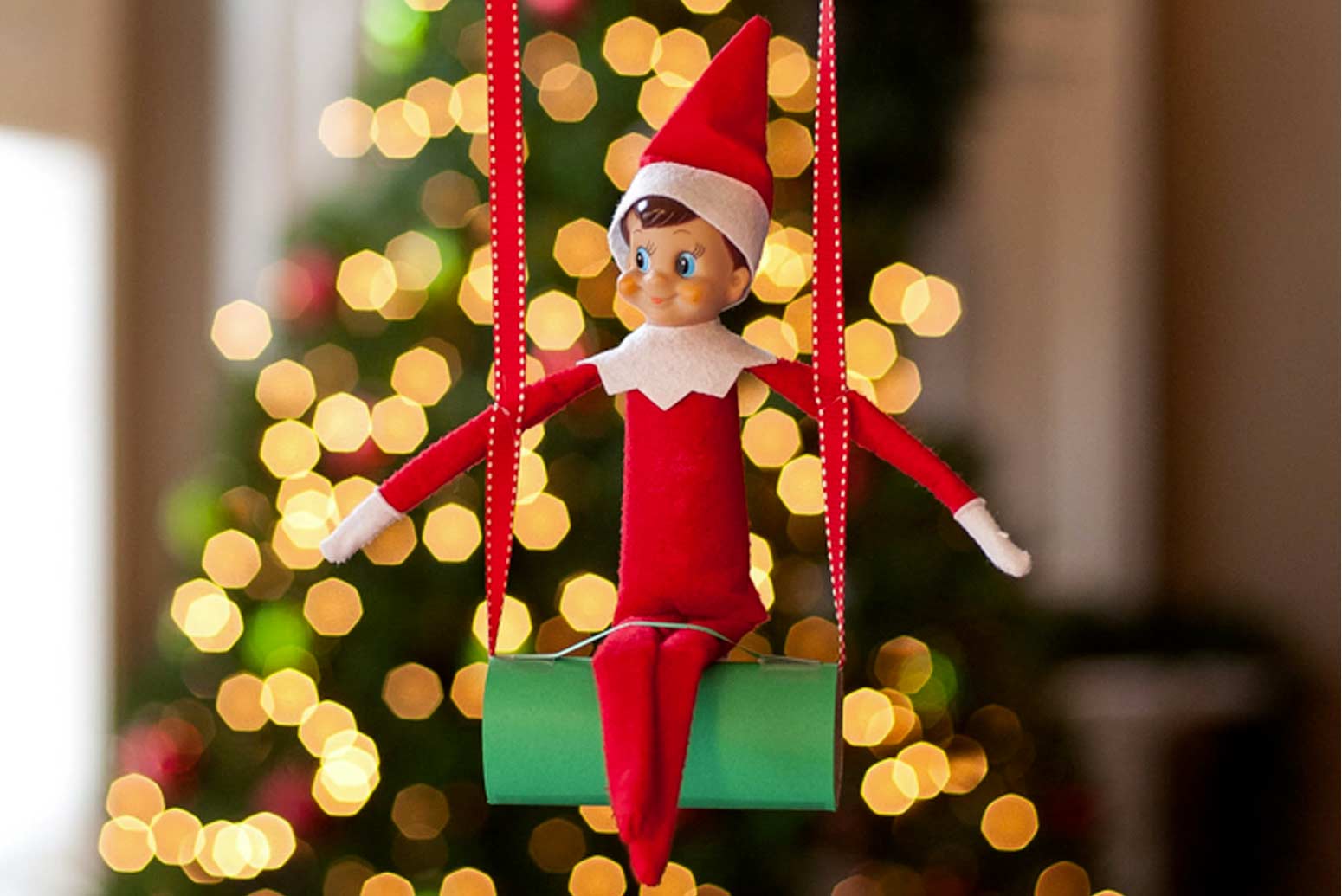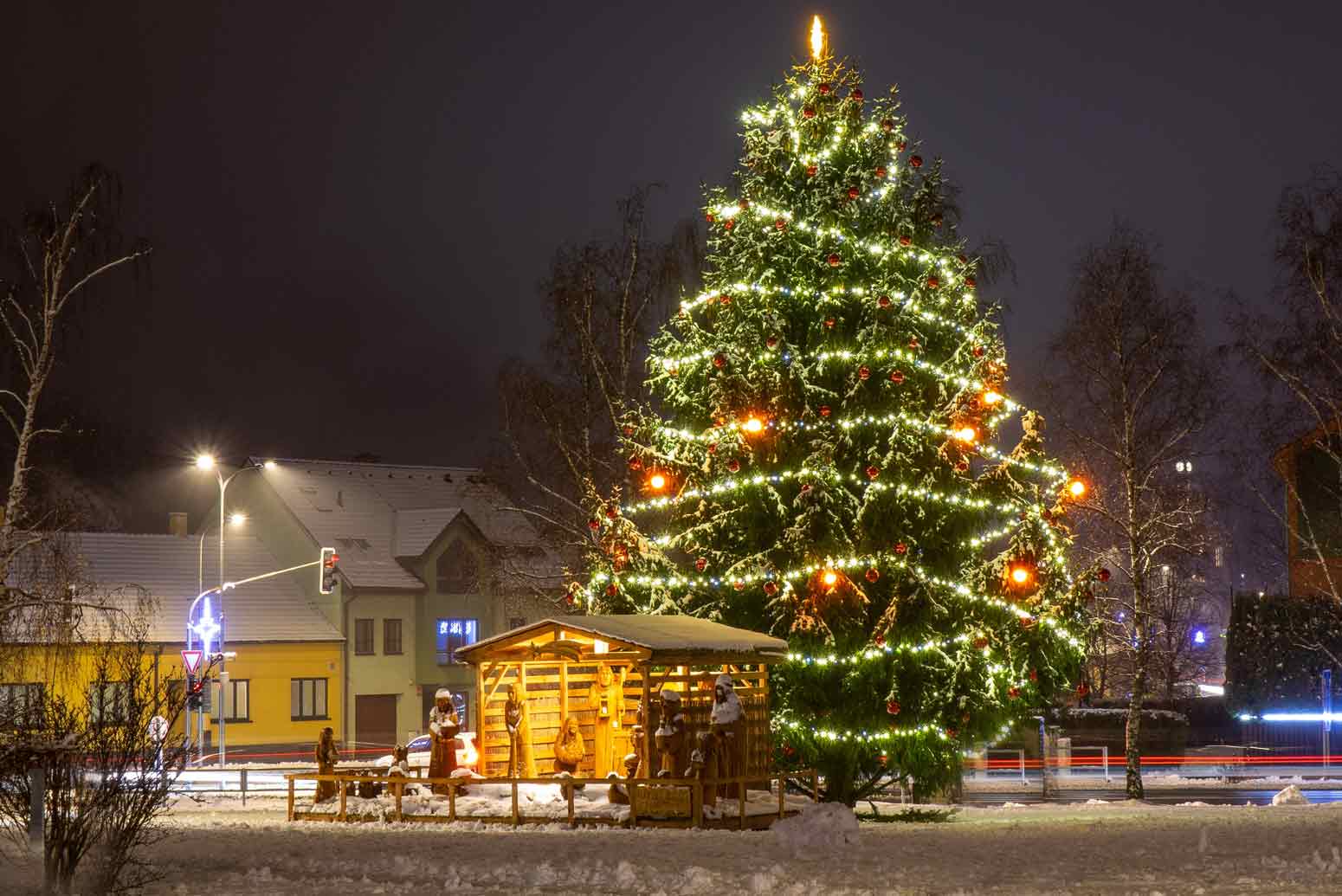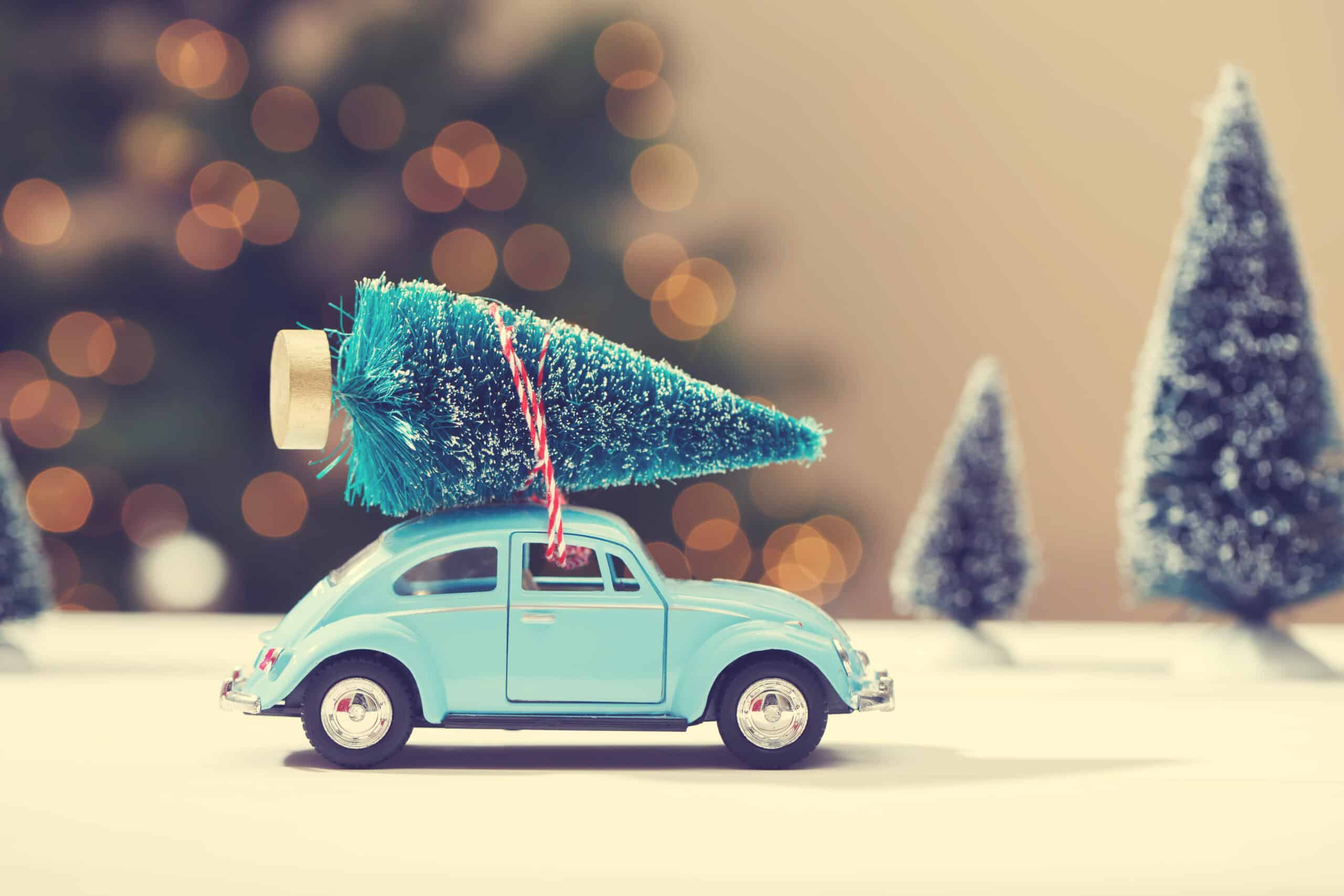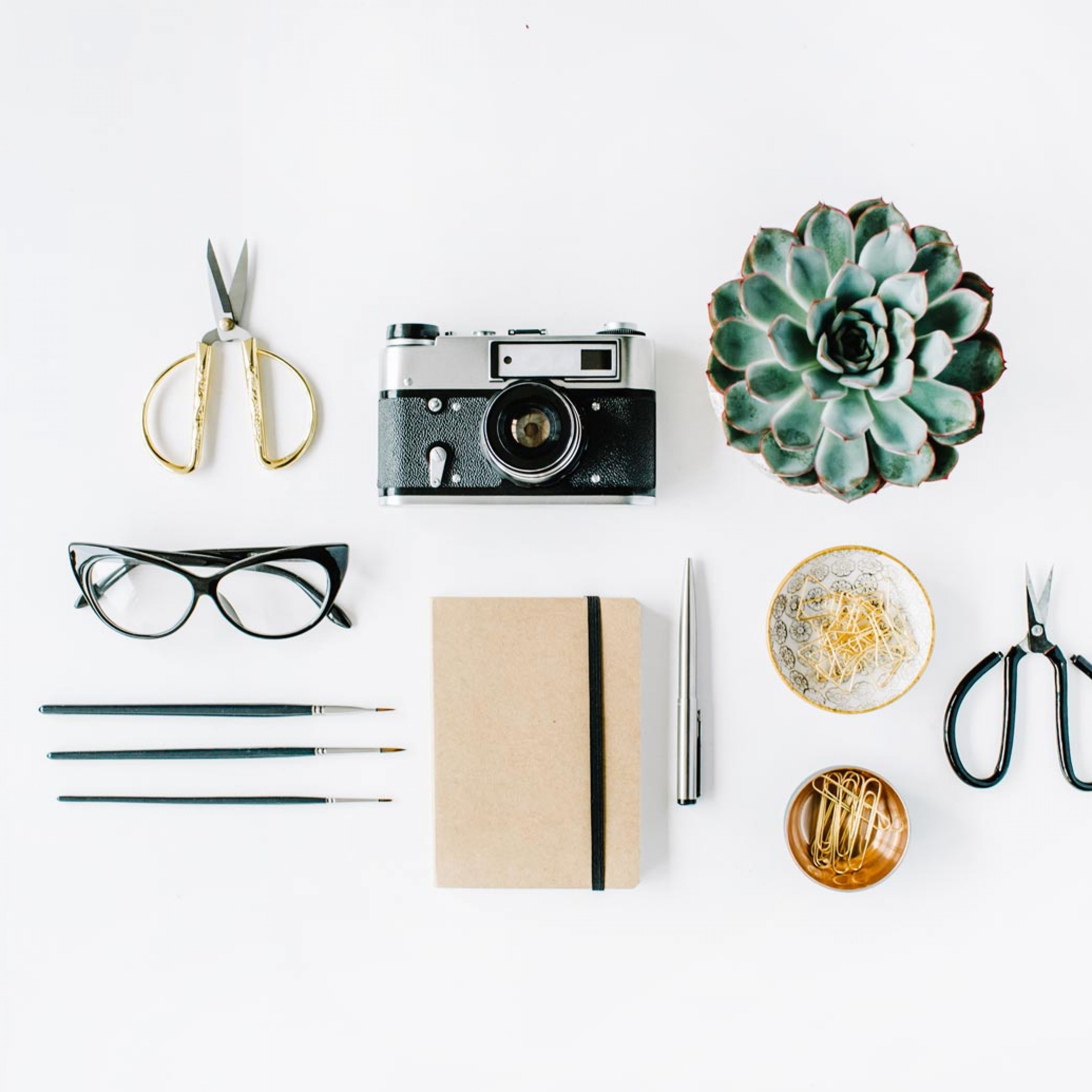The first car ride home with Bruce was nothing short of magical. I cradled him tenderly in my arms as we traveled, gazing affectionately at the wee baby who practically glowed with promise. With the tip of my finger, I oh-so-gently grazed his furry green arm.
Let me explain.
Bruce is a succulent plant that I bought from our local Home Depot. He’s a Bear’s Paw succulent (or a Cotyledon tomentosa, for all you dedicated botanists). Each leaf is roughly the size of a nickel, rounded on the sides with about five or six tiny points jutting out from the top—an uncanny resemblance to the massive paw and threatening claws of a bear, hence the name.
It wasn’t just the bear’s paw resemblance or the delightfully soft fuzz coating each of Bruce’s leaves that ignited the desire to scoop him up and bring him home. Truthfully, Bruce was the fourth member of my succulent family. Now, if you don’t have succulents of your own, you’re probably wondering why in the world I care for so many of these little guys and gals. As important as one’s character and personality are, the succulent appeal is almost entirely based on their looks. These aren’t your everyday houseplants that tend to greet you with withered petals and dehydrated soil as soon as you return home from work. Rather, they delight in your arrival and their vibrant leaves reach out as if to say, “Welcome home!”
Succulents are utterly charming plants that mischievously dabble in textures and vibrant colors. Several of these little friends have long geometric shoots, plump and squat bean-shaped leaves, ridged bases or a surface brimming with needles, fuzz or ghostly cobweb-like hairs. Far from being a run of the mill houseplant, these miniature friends practically radiate spunk and beauty from their cozy nook on your bookshelf.
Succulents are utterly charming plants that mischievously dabble in textures and vibrant colors. Far from being a run of the mill houseplant, these miniature friends practically radiate spunk and beauty from their cozy nook on your bookshelf.
After discovering that succulents are arid desert plants that are mostly self-sufficient and need only occasional watering, I was thrilled. Perhaps one of my most heartbreaking personal setbacks is my lack of a green thumb. I would mourn plants and flowers that were gifted to me, knowing that an untimely end would befall them. Succulents, on the other hand, are much like your typical housecat—only needing food and water when they want, and otherwise minding their own business. As a young woman working 40-50 hours a week and balancing graduate courses (among other everyday commitments!), I found a flora friend for life.
A few months after my doting boyfriend presented me with my first cluster of young, spry succs, I added an aloe vera plant. Only a few weeks passed before my mom handed me a gift bag, unable to conceal the large grin spreading across her face. Her eyes searched mine for a reaction as I plucked out clumps of tissue paper to reveal a beautiful lime green baby succulent that I’d later name Skeeter. (For those of you who have read the book or watched the movie, The Help—the protagonist is indeed my plant’s namesake).
And just a week ago, Bruce joined the clan. My boyfriend’s attentive gift a few months ago spurned an adoptive frenzy, and now I have a small, and very much loved, succulent family. I’ve even gone so far as to name each of them. With such an abundant variety that all seem ready to burst with personality, I decided it would be a shame not to assign a name to them! These adorably plump little plants are more than just shelf buddies—they also provide health benefits. Yes, really! An article by NBC, which you can read here, cited that indoor plants reduce your stress levels and enhance your concentration, boosting your productivity and work ethic. Lend me your ears, my fellow hardworking women! Having the greenery indoors helps us to associate with being out in nature, producing a sense of calm and relaxation. With these natural mood-boosters, we can knock out tasks and obligations with a positive mindset and a sense of ease. Long-term plant friends? Check. Long-term health benefits? Check!
As if the benefit of increased well-being wasn’t already enough, succulents make for cozy, stylish, and modern home décor. You can wedge one of these little guys or gals in just about any corner of your home—an out-of-reach windowsill, a tall armoire or cabinet, or any rung of your bookshelf (ensuring that they can still get adequate sunlight and a drink of water when needed). If you need a little extra help figuring out how and where to make a succulent (or other plants!) happy in your home, this article by GardeningMentor gives you helpful tips and ideas. And you aren’t limited to rooting them in the traditional toasted-orange clay pot. Succs can easily be placed in a fun pot or terrarium that accentuates the theme of your living space. (Consider making this simple DIY project for your succulent!) Their brilliant pastel shades coupled with their quirky shapes will instantly transform your space into an inviting and cozy home. Soon, you’ll have a succulent family worthy of the affections of a botanical garden.
—
You’ll love our recent podcast episode, Miss Independent: Can You Be Healthy, Strong and Dependent? – 047
You’ll also like Urban Gardens: a Much Needed Respite, How to Have a Pretty and Productive Workspace, 5 Everyday Essential Oils for Beginners, How to Make a DIY Nautical Mason Jar In 10 Minutes, and 10 Ways to Stay Focused When You Work From Home.
Long-term plant friends? Check. Long-term health benefits? Check!








